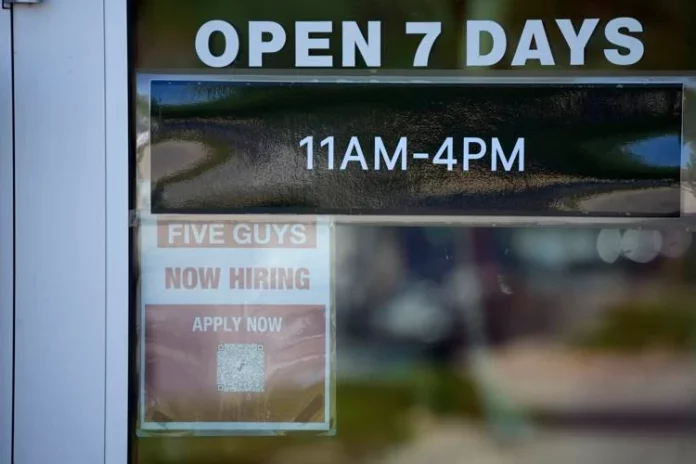
The U.S. economy added 263,000 nonfarm jobs last month, the lowest total new jobs for a month all year.
The U.S. Bureau of Labor Statistics released the data, which showed the unemployment rate declined slightly to 3.5%.
“The unemployment rate edged down to 3.5 percent in September, returning to its July level,” BLS said. “The number of unemployed persons edged down to 5.8 million in September.”
That rate varies by demographic.
“Among the major worker groups, the unemployment rate for Hispanics decreased to 3.8 percent in September,” BLS said. “The jobless rates for adult men (3.3 percent), adult women (3.1 percent), teenagers (11.4 percent), Whites (3.1 percent), Blacks (5.8 percent), and Asians (2.5 percent) showed little change over the month.”
The number of part-time workers who couldn’t find a full-time job decreased as well.
“The number of persons employed part-time for economic reasons decreased by 306,000 to 3.8 million in September,” BLS said. “These individuals, who would have preferred full-time employment, were working part-time because their hours had been reduced or they were unable to find full-time jobs. “The number of persons not in the labor force who currently want a job was little changed at 5.8 million in September and remains above its February 2020 level of 5.0 million. These individuals were not counted as unemployed because they were not actively looking for work during the four weeks preceding the survey or were unavailable to take a job.”
Democrats and some economists touted the economic numbers, but the Dow dropped 400 points immediately after their release.
“Among those not in the labor force who wanted a job, the number of persons marginally attached to the labor force was little changed in September at 1.6 million,” BLS said. “These individuals wanted and were available for work and had looked for a job sometime in the prior 12 months but had not looked for work in the four weeks preceding the survey. The number of discouraged workers, a subset of the marginally attached who believed that no jobs were available for them, increased by 119,000 to 485,000 in September.”
Republished with the permission of The Center Square.













